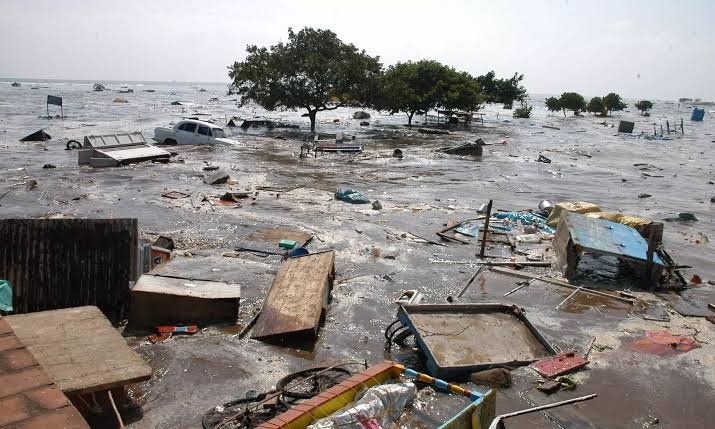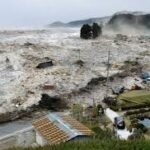Learn the difference between a tsunami warning and a tsunami watch, what causes them, and how to stay safe during earthquake-related emergencies. Updated 2025 info.
Introduction
When an undersea earthquake strikes, it can trigger devastating waves known as tsunamis. In such cases, authorities often issue tsunami warnings and tsunami watches—but what do these terms really mean? This article breaks down their differences and explains how you can protect yourself and your family during such events.
—
What Is a Tsunami?
A tsunami is a series of large ocean waves caused primarily by underwater earthquakes. These waves can travel at jet speeds and strike coastlines with destructive force. Tsunamis can flood cities, destroy infrastructure, and result in significant loss of life.
—
Tsunami Watch vs. Tsunami Warning: What’s the Difference?
Tsunami Watch:
A tsunami watch means that a tsunami is possible, but not yet confirmed. It’s a precautionary alert based on seismic activity in the ocean.
What to do: Stay alert, monitor local news, and prepare for possible evacuation.
Tsunami Warning:
A tsunami warning means that a tsunami is expected or already occurring. This is a high-level emergency.
What to do: Evacuate immediately from coastal areas. Move to higher ground without delay.
—
What Causes a Tsunami Warning or Watch?
Tsunami alerts are usually triggered by:
Major underwater earthquakes
Volcanic eruptions
Landslides beneath the ocean floor
In rare cases, even meteorite impacts
—
Recent Example: Russia Earthquake Triggers Tsunami Watch (2025)
On July 20, 2025, a powerful earthquake struck off the coast of Russia. As a result, several countries across the Pacific issued tsunami watches, including Japan and the U.S. West Coast. No major tsunami was reported, but the watch demonstrated how quickly alerts can spread.
—
How to Stay Safe During a Tsunami Alert
1. Know the signs: Earthquake shaking, receding ocean water, and strange ocean sounds can all signal an incoming tsunami.
2. Sign up for alerts: Use apps or national emergency systems for real-time notifications.
3. Have an evacuation plan: Know your nearest high ground or safe shelter.
4. Avoid the coastline: Never go to the shore to watch the waves.
Final Thoughts
Tsunamis are rare but extremely dangerous. Knowing the difference between a tsunami watch and a tsunami warning can save lives. Always take alerts seriously and act fast when danger strikes.

